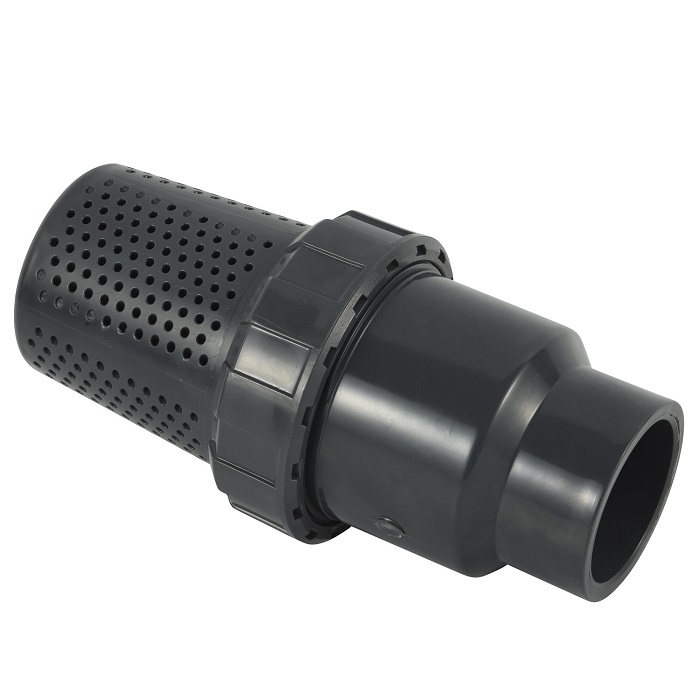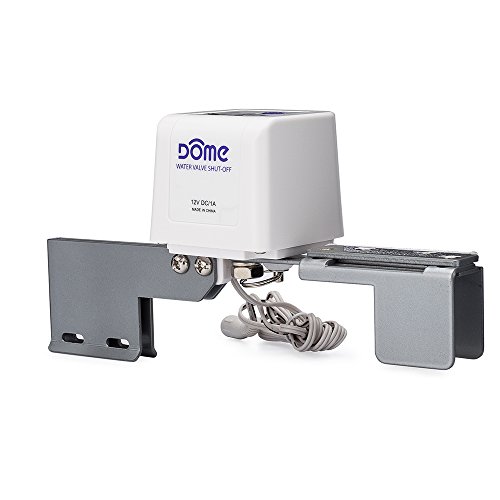Pliers: The Essential Tools for Every Toolbox
Pliers are versatile tools that are essential for a wide range of tasks, making them a staple in any toolbox. Whether you’re a professional tradesperson or a DIY enthusiast, pliers are indispensable for gripping, bending, cutting, and twisting various materials. In this article, we’ll explore the different types of pliers, their specific uses, and how to choose the right ones for your needs. Additionally, we’ll discuss how pliers are used in specialized applications, such as geocell slope sections.

What types of pliers should you know about?
There are several types of pliers, each designed for specific functions:
- Needle-Nose Pliers – Perfect for detailed work, such as bending small wires or reaching into tight spaces.
- Slip-Joint Pliers – Versatile tools with an adjustable pivot, suitable for handling various object sizes.
- Diagonal Cutting Pliers – Primarily used for cutting wires and cables.
- Channel Lock Pliers – Designed for gripping larger objects, such as pipes, with adjustable jaws.
Selecting the right type of pliers for your task ensures that the job is done efficiently and safely.
How can you use pliers effectively?
To make the most of your pliers, follow these guidelines:
- Firm Grip – Always maintain a secure grip on the handles to prevent slipping and potential injury.
- Use the Correct Tool – Match the pliers to the task at hand to avoid damaging the tool or the material.
- Avoid Over-Twisting – Excessive force can damage both the pliers and the material, especially if it’s fragile.
What materials can pliers be used on?
Pliers are versatile tools that can handle a variety of materials:
- Wires – Ideal for gripping, bending, and cutting different types of wire.
- Metal Sheets – Locking pliers are useful for holding or bending metal sheets during fabrication.
- Pipes – Channel lock pliers are designed to grip and turn pipes or cylindrical objects.
Their adaptability makes pliers indispensable tools for working with materials ranging from soft metals to sturdy pipes.
How do pliers assist in specialized tasks like geocell slope sections?
In specialized tasks, such as working on geocell slope sections, pliers play a critical role. They are used to secure geocell panels, twist connectors, and trim excess material. The precision offered by certain types of pliers ensures that installations are both secure and accurate, which is crucial for the stability of the slope.
Pliers are essential tools that offer a broad range of applications, from everyday tasks to specialized projects like geocell slope sections. By selecting the right pliers and using them properly, you can achieve safe and effective outcomes in any project.

